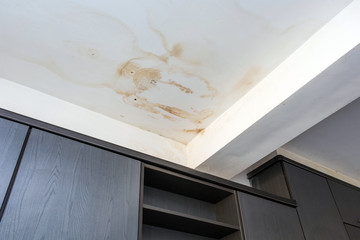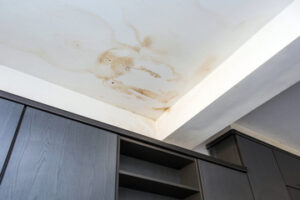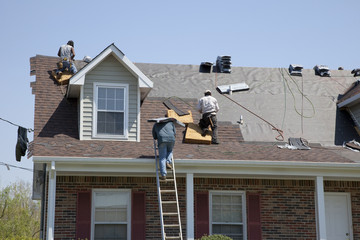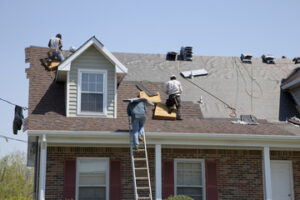A dock is where boaters can safely dock and moor their vessels. It can also serve as a recreation space for swimming, fishing, and other activities.
Piling a dock is complex, and mistakes can be costly. It is essential to follow best practices when planning your pilings. Click Learn More for more information.
The decking material is another crucial choice for a dock. Southern yellow pine is a good option because it is affordable and pressure-treated to prevent rot.
Dock builders rely heavily on wood, whether it’s for pilings or decking. Using a natural material like wood also allows a dock to blend in with the surrounding environment. It’s important to choose the right wood, though. For example, cedar is a great choice for piers because it resists rot and mold very well. In addition, cedar is a more attractive choice than Southern yellow pine. The latter can splinter and isn’t as strong. Another option for decking is composite materials, which are a mix of wood fibers and plastic. These are also resistant to rot and mold, but they don’t have the same visual appeal as wood.
In general, the best choice for decking is pressure treated wood. Depending on the type of water, it may be necessary to use different levels of treatment for freshwater and saltwater. It’s a good idea to check the maximum height of the lake or other body of water. Once you know what that is, the deck should be built a few inches above that level.
As with other types of construction, dock builders should follow blueprint specifications and safety regulations. They should be familiar with a variety of tools, including hand and power tools, chain saws, bobcats, trucks and drills. They must also be able to read and interpret blueprints.
Most dock builders go through a three- or four-year apprenticeship program, which includes significant on-the-job training. In addition to learning basic skills, apprentices typically attend specialized training with industry experts and manufacturer representatives. They must also take Occupational Safety and Health Administration safety courses, standard first aid and CPR classes, and tool or skill-specific certifications. As demand for new and repaired docks grows, job prospects for carpenters will improve.
Concrete
Concrete is an excellent choice for dock construction because it is durable, affordable, and resistant to damage. It also doesn’t contaminate the water, making it an environmentally friendly option. However, it may be more costly than other materials such as wood, but the initial cost is offset by the lower maintenance costs and long-term savings.
Floating concrete docks are built to be highly resilient, with a thick foam core that provides strength and buoyancy. This makes them a good choice for areas that are exposed to harsh weather conditions, such as tidal changes and storms. Additionally, a floating concrete dock allows for the installation of utilities and electrical lines, which are housed in the concrete.
The iDock is an example of a floating concrete dock that has been successfully tested against the effects of severe tropical weather, including hurricanes and high winds. The dock was originally constructed with an RC substructure consisting of piles and pile caps, as well as a wooden deck. However, following Hurricane Irma in 2017, the wood deck was destroyed and only the deteriorated concrete substructure remained. The iDock was reconstructed with a re-engineered RC deck using precast slabs carrying a GFRP grating, which increased the load-bearing capacity and durability of the structure.
The initial cost of a concrete dock can vary, depending on the size and complexity of the structure. A larger, more elaborate dock will generally have a higher cost than a smaller, simpler one. In addition, the type of concrete used can have a significant impact on price. Choosing a high-quality, specialized concrete mix may have a higher initial cost, but it can be more cost-effective in the long run by reducing maintenance expenses.
Steel
When building a dock, one of the biggest decisions you’ll make is what type of decking material to use. The most common is Southern Yellow Pine, which is a softwood that’s readily available and easy on tools. However, this wood does splinter and can rot with age. Our custom structures are made with “ground contact” pressure treated Southern Yellow Pine, which means the treatment penetrates the lumber to the utmost degree and will provide years of service.
Steel is a durable, cost-effective option for pilings and support beams. In addition, it can be driven deeper below layers of weaker soil and rock formations, which enhances the structural strength of a dock. Steel piles are also resistant to corrosion. Our docks are supported by galvanized steel. Unlike plain carbon steel, which can degrade in a marine environment, galvanized metal is coated with a layer of zinc to protect against rust and corrosion.
Another great choice for your dock structure is HDPE plastic lumber, which is very easy to work with and requires no special tools. This type of material is incredibly durable and can resist mold and mildew, unlike traditional wood materials. Our custom docks are constructed with either a modern through-flow or classic HDPE decking.
For safety reasons, you should install your dock to a certain height above the water level. This will help prevent the forming of ice that can break and damage docks. Generally, we suggest installing the dock a few inches above the maximum water line. You can find this mark by looking at the highest point of the lake, river or pond. It’s also a good idea to check with local towns and areas for permitting requirements before beginning construction on your dock.
EcoPile
A dock isn’t complete without a foundation, and the pilings that hold it all up. Unfortunately, marine pilings can be very vulnerable to damage. Whether from sun’s UV rays, fungus, termites, or wood-boring marine organisms, they can be ruined quickly. To prevent this from happening, they must be protected by piling caps.
Piling caps can also add a nice aesthetic touch to your dock. They are available in a variety of shapes, sizes, and materials, so you can choose the ones that will suit your specific dock design and budget. Some are even designed to help with the sturdiness of your piling. They have internal hexagram truss systems that boost the piling’s strength and rigidity.
These are a great option if you have a sturdier type of piling in mind, like fiberglass. Fiberglass is incredibly strong and can withstand the elements, so it doesn’t require extensive piling protection. In fact, a piling cap may be all you need to ward off roosting birds and add a finishing touch to your project.
With growing restrictions on the use of treated lumber in water, wooden pilings are being replaced more often than ever before. In response to this, Shoreline Plastics developed EcoPile. This patent-pending piling was engineered to outlast all others and stand up to the harsh marine environment. The patented composite marine piling is 100% free from leaching pollutants, impervious to wood boring organisms, and meets sustainability standards for strict environmental regulations. It also comes with a 25-year warranty.
Aluminum
Aluminum is an excellent material to use in dock construction for a number of reasons. It’s durable and low maintenance, and it also resists corrosion, which is a big benefit because aluminum is more likely to be exposed to the elements than wood or steel. A quality aluminum dock will last far longer than a pine or concrete one, which is why many homeowners choose it. It does, however, have the disadvantage of being slightly more expensive than other materials.
A high-quality aluminum dock can increase the value of a lake home, and it’s also aesthetically pleasing. The material is lightweight, which means it can be installed easily. It also places less pressure on the foundation and shore, so it’s more stable than wood or steel docks. Aluminum is also available with a variety of decking options, from a modern through-flow look to classic HDPE plastic or wood-grained decking.
Another advantage of aluminum is that it’s sustainable, which earns it points in the environmental friendliness column. It takes around 95 percent less energy to recycle aluminum than it does to manufacture the primary metal, which makes it a smart choice for environmentally-conscious property owners.
As a property owner, you want to be sure that your dock is safe and secure for you and your guests. The best way to do that is by hiring a licensed professional for your dock construction project. A licensed professional has completed training courses and received certification from the state of Michigan to build and inspect docks, which ensures that the finished product meets all applicable building codes and safety standards. A licensed professional is also more likely to provide a warranty on the work they perform.


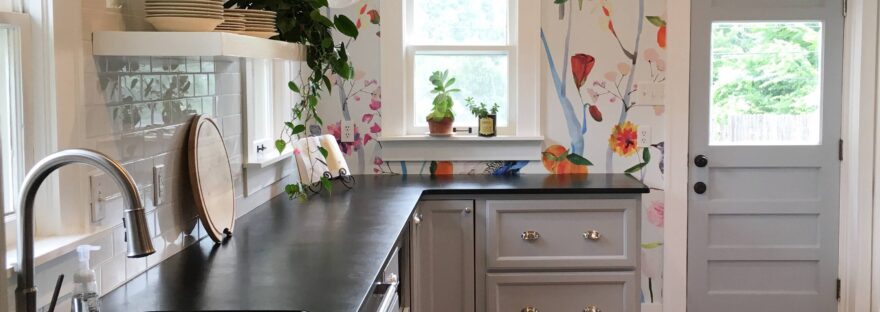

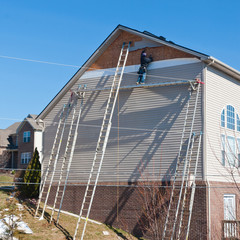
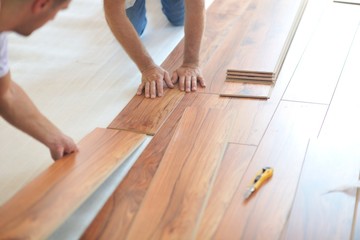
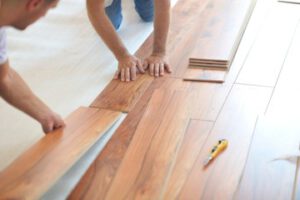 Laminate floors are popular for homeowners because they are durable and look great. They are also easy to install and come in various styles, so you can find one that suits your taste.
Laminate floors are popular for homeowners because they are durable and look great. They are also easy to install and come in various styles, so you can find one that suits your taste. 